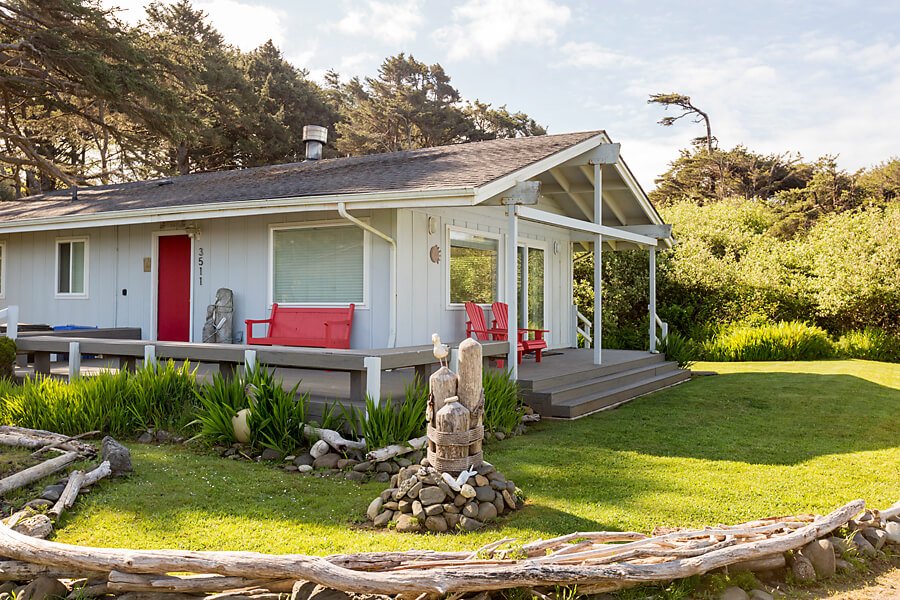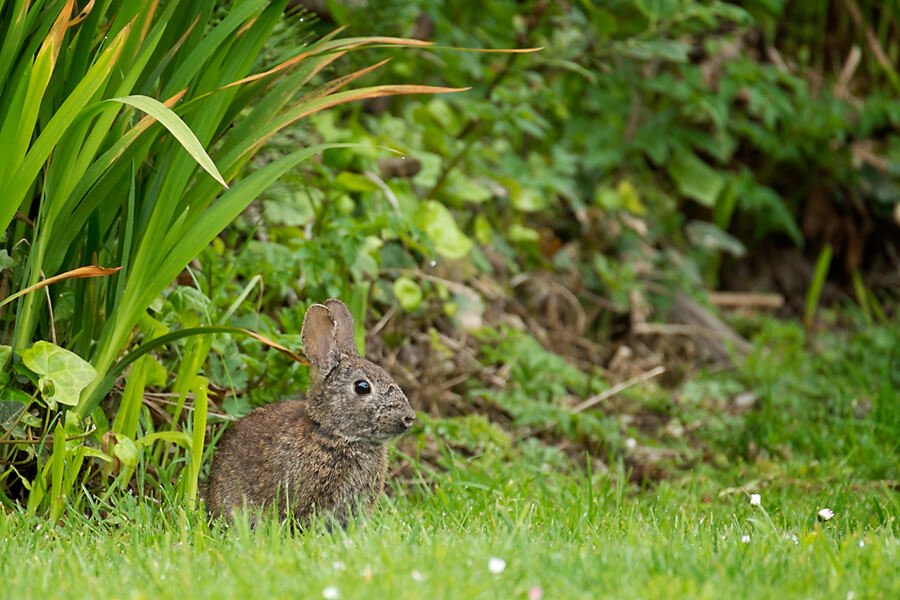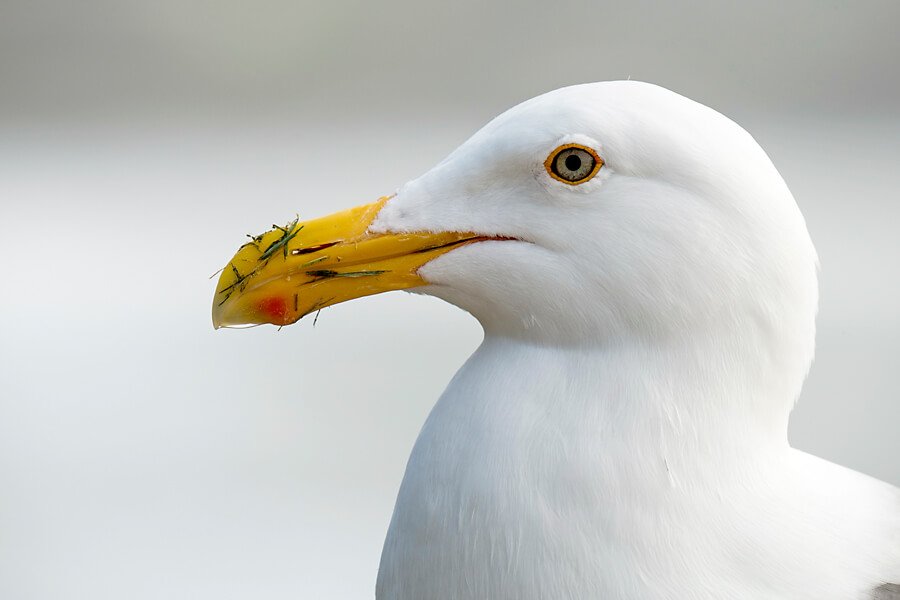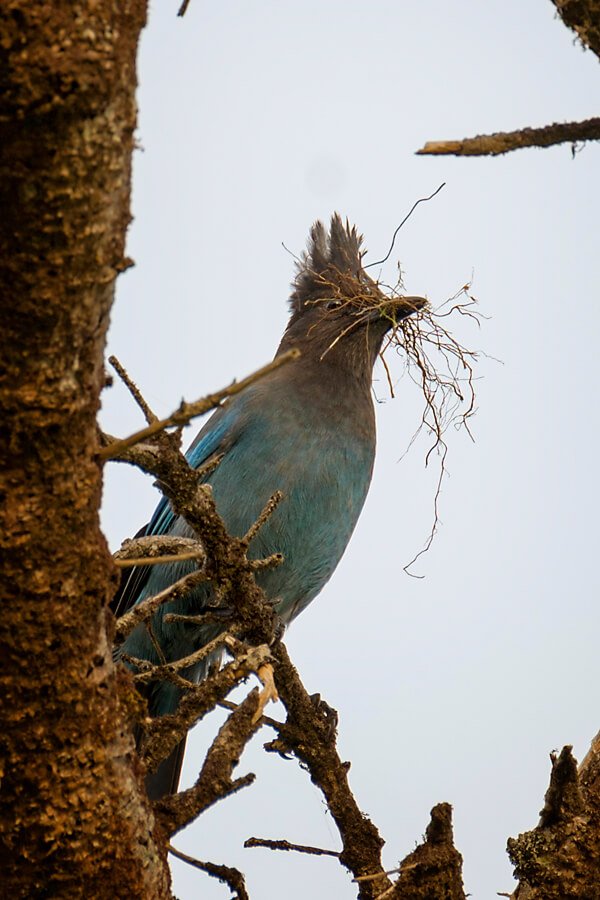Spending a Week in Yachats, Oregon
We recently enjoyed a wonderful week in Yachats, Oregon. Nestled between the lush forested mountains of the coastal range and rhythmic waves of the Pacific surf, the little village of Yachats is the ideal place for a peaceful retreat and outdoor adventures.
Yachats, pronounced YAH-hots, is a word derived from native languages. According to Wikipedia, Native Americans in this area of Lincoln County, Oregon were hunter-gatherers who migrated between summer camps and winter residences. Archeological and linguistic evidence support the existence of a southern Alsea village known as the Yahuch band, located on the coast at the Yachats River. By 1860, the Yahuch band was extinct, many having succumbed to European diseases such as smallpox and tuberculosis.[13]”
In order to open up land in the Coos Bay area for homesteading in the early 1860s, the U.S. Army forcibly marched the Coos and Lower Umpqua Indians 80 miles north over rugged terrain to the Alsea Sub-Agency reservation in Yachats where the peaceful Indians, treated by the Army as though they were prisoners of war, were incarcerated.[14]
In Yachats the hunter-gatherer tribes were forced to learn to make a living by agriculture. Crops planted near the ocean failed, resulting in many deaths from starvation. Approximately 300 Indians died in just 10 years. Twelve years after the Alsea Sub-Agency had opened, the Indians were allowed to establish a trail and develop agricultural plots up the Yachats River Valley, where they were able to grow potatoes, oats, wheat, and corn. They were also allowed to return to hunting. Once the Indians had built a new life there, the U.S. government opened up the area for homesteading in 1875, and once again, forced the Indians to move—some returned to their ancestral homelands, others went 40 miles north to the Siletz Reservation. Many of the Indians died during this relocation.[16]
The tourist industry began in 1905, but Yachats remained difficult to reach prior to the opening of The Roosevelt Memorial Highway (now Highway 101) in 1931. Today tourism is the main industry in Yachats.
SO HOW DO YOU SPEND A WEEK IN YACHATS?
1. RENT A HOUSE THROUGH AIRBNB
Check out this one we got for $160 a night. It was the perfect location for relaxing, reading on the deck, watching the waves, listening to the ocean, combing the beach for shells, listening to the blackbirds, and watching the little beach bunnies hopping around the yard.



2. INVITE FAMILY
There was enough space in this two bedroom home to share with family. It was perfect for hanging out together, cooking meals, playing games or taking the short path to the beach.
3. WALK (OR RUN) ON THE BEACH
4. SEARCH FOR ROCKS, SHELLS & SAND DOLLARS AT LOW TIDE
5. WATCH THE CRASHING WAVES
The Historic 804 Trail runs along the beach and into the town of Yachats with expansive ocean vistas.
6. VISIT CAPE PERPETUA SCENIC AREA
Cape Perpetua (Siuslaw National Forest) is only 3 miles south of Yachats. It’s a unique area where the spruce rainforest transitions to the sea. Early explorer Captain James Cook first observed the headland in 1778 and named it after Saint Perpetua.
Amenomes in the tide pools off Captain Cook Trail at Cape Perpetua
7. HIKE THE TRAILS
There are 26 miles of trails in the Cape Perpetua area, so be sure to stop at the Visitors Center and talk with the park rangers to get recommendations for hikes. They will guide you in the best direction for current conditions, length of hike, time of day, and even give you tips for what to look for along the way. They love what they do and are happy to share their knowledge with you. Some of our best hikes were based on park ranger recommendations.
The Cook’s Ridge/Gwynn Creek hike was about 6.5 miles of old-growth forest, open meadows, and occasional ocean views.
Trillium along the trail
A cool old tree the park ranger told us to be on the lookout for along the trail.
The Giant Spruce Trail was 2 miles round trip of easy walking through old-growth forest. This fern-lined trail winds through the trees along Cape Creek.
At the end of the hike you’ll find this 500-year old Sitka spruce tree.
The Cape Perpetua Headland, 800 feet above the shoreline, is the highest viewpoint accessible by car on the Oregon Coast. Thanks to the park ranger, we knew to walk just a little further down the trail from the viewing area to this Rock Shelter. The structure was built by the Civilian Conservation Corps (CCC) as a shelter in 1934. During World War II the shelter became an observation station, looking for enemy boats or aircraft.
The signs say on a clear day, the view spans 70 miles of coast and 37 miles out to sea.
View of the Oregon Coast Highway 101 South of Yachats from Cape Perpetua overlook
8. EAT ICE CREAM
Be sure you stop by Toppers Ice Cream for a treat at least once during your stay in Yachats.
9. WATCH THE WILDLIFE


Besides bird watching, we kept our eyes peeled for whales. Although we didn’t spot any whales, we did see this sight.
We had no idea what was going on – it looked like a sea lion dance party. We learned from the park ranger at Cape Perpetua it is sea lion rafting. They come together for protection and thermo-regulating. When they put a flipper in the air, they are either warming themselves up or cooling down.
10. BREATHE IN THE FRESH AIR AS YOU ENJOY A GOOD BOOK
Sometimes after a busy day of hiking, this is all you need.
BONUS – WATCH THE AMAZING SUNSETS
What better way to end the day than with a peaceful, beautiful sunset over the Pacific Ocean.





















